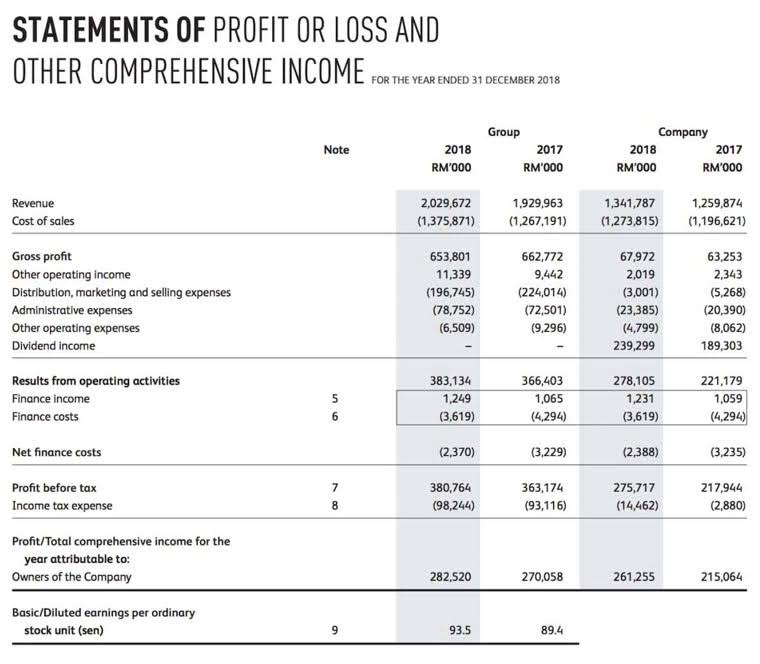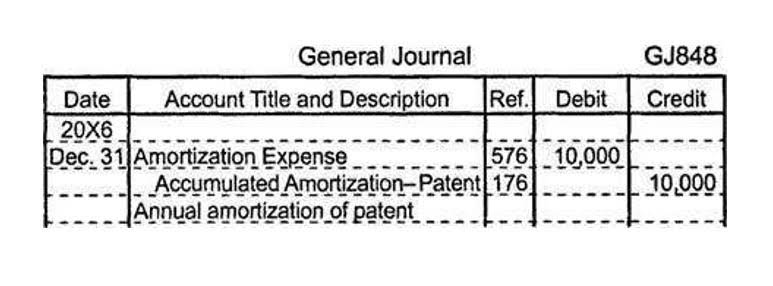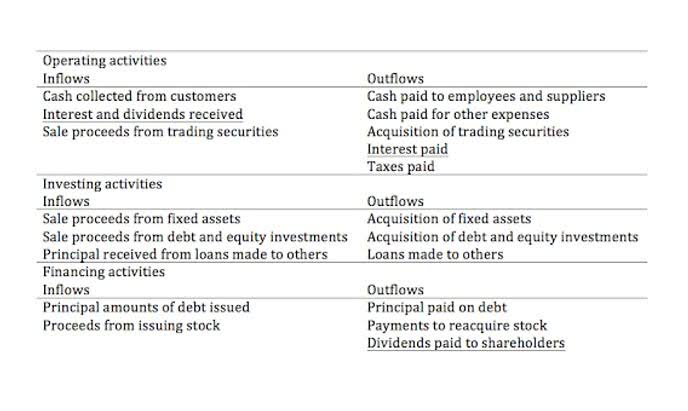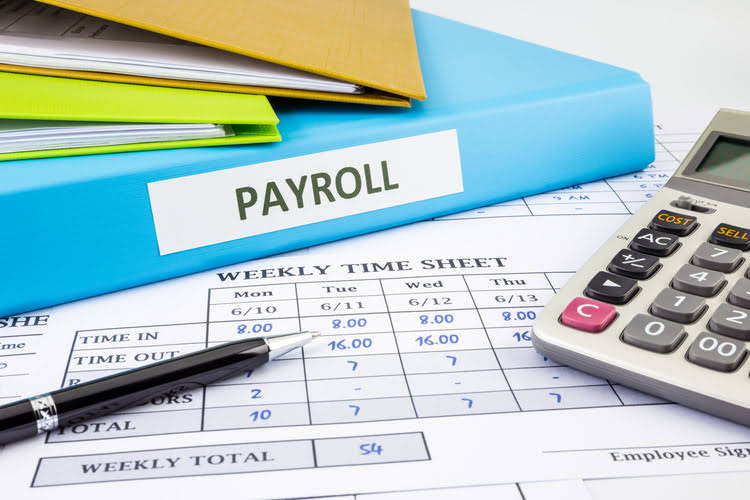Accounting vs Economics: What’s the Difference?

Liabilities, on the other hand, are the obligations that a company owes to others. Expense accounts are also broken down into different categories, such as rent, advertising, and salaries. Rent is the money that a company pays for the use of its facilities, such as office space or warehouses. Advertising is the money that a company spends to promote its products or services. One of the most important asset accounts is the cash account, which represents the amount of money a company has on hand. This account is used to pay bills, purchase inventory, and meet other financial obligations.
Company
Debits and credits are used to record business transactions in an accounting journal entry. In a cash transaction, money is exchanged immediately, while in a non-cash transaction, payment is deferred. Regardless of the type of transaction, each account involved in the transaction is affected by either a debit or a credit. Debits and credits are the foundation of double-entry accounting or double-entry bookkeeping.
Advance Your Accounting and Bookkeeping Career
After almost a decade of experience in public accounting, he created MyAccountingCourse.com to help people learn accounting & finance, pass the CPA exam, and start their career. Roman Emperor Augustus had access to detailed financial data throughout his life. Many say that accounting probably developed alongside our ability to write words, count numbers, and start using money. For example, accounting definition the most common accounting for external people is called GAAP (Generally Accepted Accounting Principles). The US tax authorities, on the other hand, will want to hear your story using the Internal Revenue Code (IRC). Accountancy is an information science we use to gather, classify, and manipulate financial information.
- Accountants also provide other services, such as performing periodic audits or preparing ad-hoc management reports.
- It is also important to understand how dividends and interest income are recorded, as well as any gains or losses on the sale of these assets.
- Accounting is the process of recording financial transactions pertaining to a business.
- In contrast, under US GAAP, only IPR&D acquired in a business combination is capitalized and any subsequent expenditure is expensed as incurred.
- For some, such as publicly traded companies, audits are a legal requirement.
IFRS

In short, although accounting is sometimes overlooked, it is absolutely critical for the smooth functioning of modern finance. Cash accounting is the simplest method and is often used by small businesses or sole traders. Under this method, transactions are recorded when cash is received or paid, rather than when the transaction occurs.

The payments we receive for those placements affects how and where advertisers’ offers appear on the site. This site does not include all companies or products available within the market. For instance, high-profile accounting scandals like Enron and WorldCom highlight the devastating impact of unethical practices. These cases underscore the importance of adhering to ethical standards and maintaining the highest level of professionalism in accounting. The United Kingdom saw the emergence of accountants as an organized profession in the 19th century. Local professional bodies in England merged to form the Institute of Chartered Accountants in England and Wales in 1880.

The three most common components of a financial statement are the balance sheet, the income statement, and the statement of cash flows. In some jurisdictions, summary financial statements are available (or may be required) on a quarterly basis. These reports are usually sent to all investors and others outside the management group.
- Bookkeeping involves the day-to-day administrative tasks of recording sales and financial transactions.
- Understanding the difference between these two terms is essential for creating accurate financial statements and making informed business decisions.
- This highlights how Accounting is essential for day-to-day operations and long-term financial planning.
- Many accounting practices have been simplified with the help of accounting computer-based software.
- This institute created many of the systems by which accountants practice today.
- Accounting information can be developed for any kind of organization, not just for privately owned, profit-seeking businesses.
Why is it important to account for a business?
- However, it’s still important to understand basic accounting principles to know what’s happening behind the scenes.
- Assets are divided into current assets (those expected to be used or sold within a year) and non-current assets (long-term assets like buildings and machinery).
- It analyzes factors like the inflation or productivity rate that affect how efficiently the economy works.
- Most modern accounting software uses the double-entry accounting system, which requires two book entries — one debit and one credit — for every business transaction.
- This branch of accounting has grown in response to the difficult tax laws such as relating to income tax, sales tax, excise duties, customs duties, etc.
- It is the cornerstone of a successful bookkeeping system and ensures that financial statements are reliable and trustworthy.
Goodwill is an intangible asset that represents the value of a company’s reputation, customer base, and other intangible assets. When recording goodwill in an accounting system, it is important to use the correct account codes and to ensure that the goodwill is properly valued. This can be particularly important for small businesses, as goodwill can be a significant portion of the company’s value. Debit notes are used to record transactions that increase the balance of an account. When a business purchases goods or services on credit, a debit note is issued to record the transaction.
The objectives and characteristics of financial reporting

Two main accounting methods businesses use are Certified Bookkeeper cash accounting and accrual accounting. Each method has its advantages and is suited for different types of companies. The company owns valuable things, such as cash, inventory, property, and equipment.
Expense accounts, on the other hand, are used to record all the money that a company spends to run its operations. When businesses record CapEx correctly, they can plan their finances better. Good financial planning shows when to invest normal balance in new assets and when to hold off. Understanding CapEx trends helps them get loans, attract investors, and use funds wisely. All Certified Public Accountants (CPAs) are accountants, but not all accountants are CPAs.






















